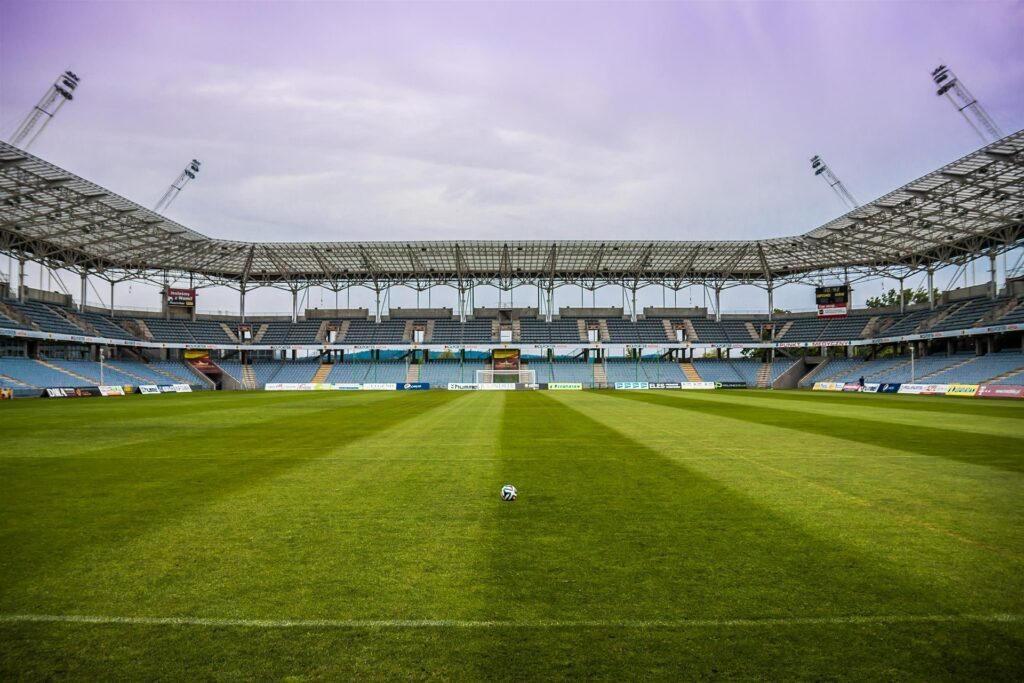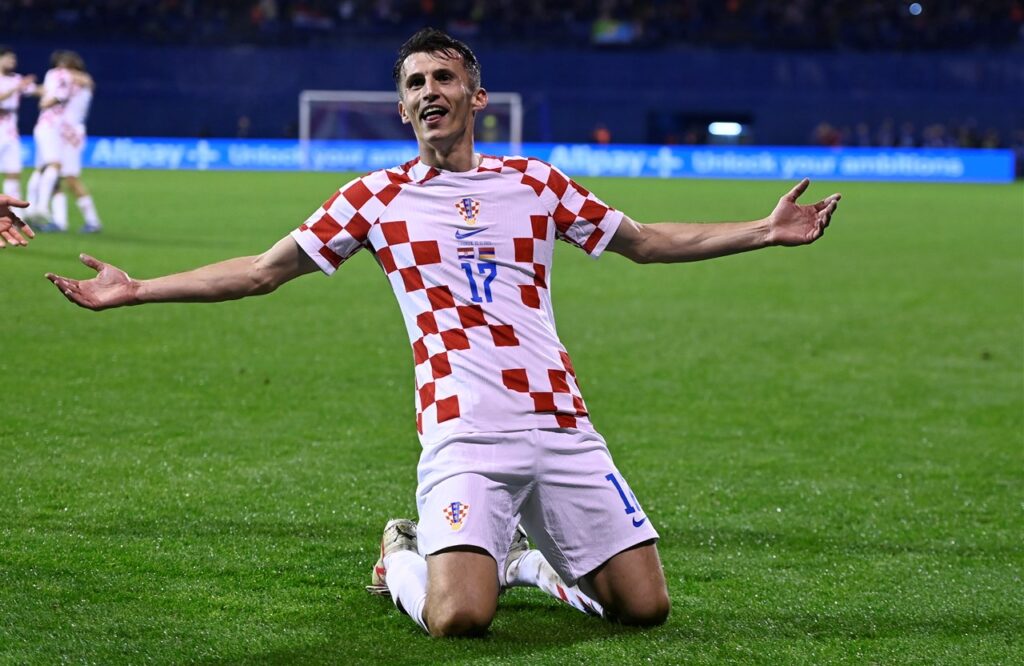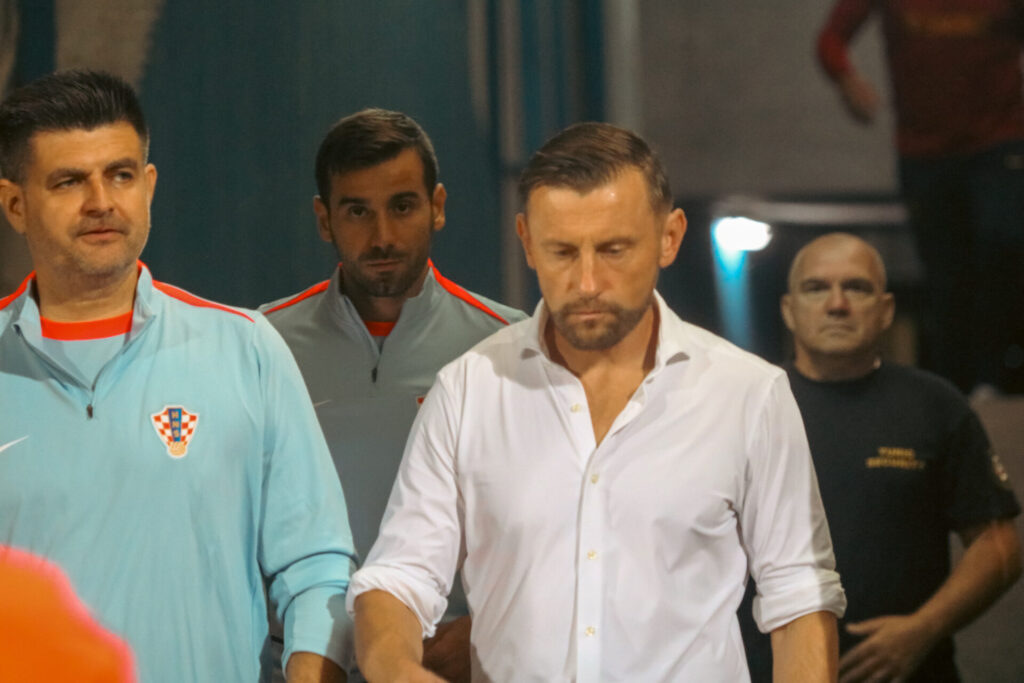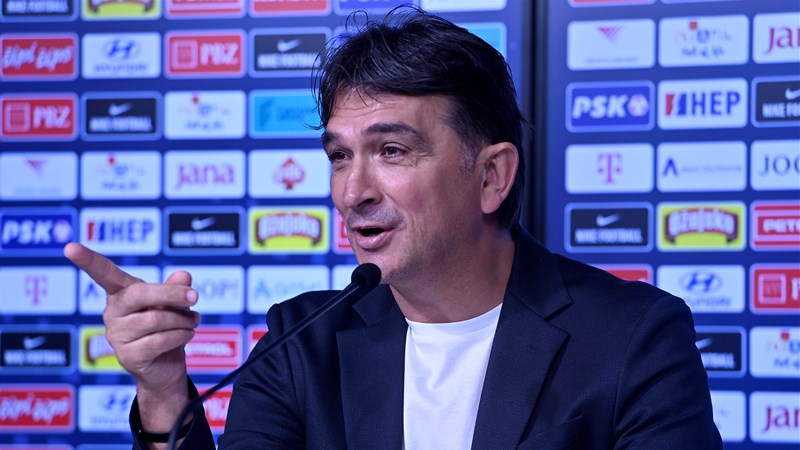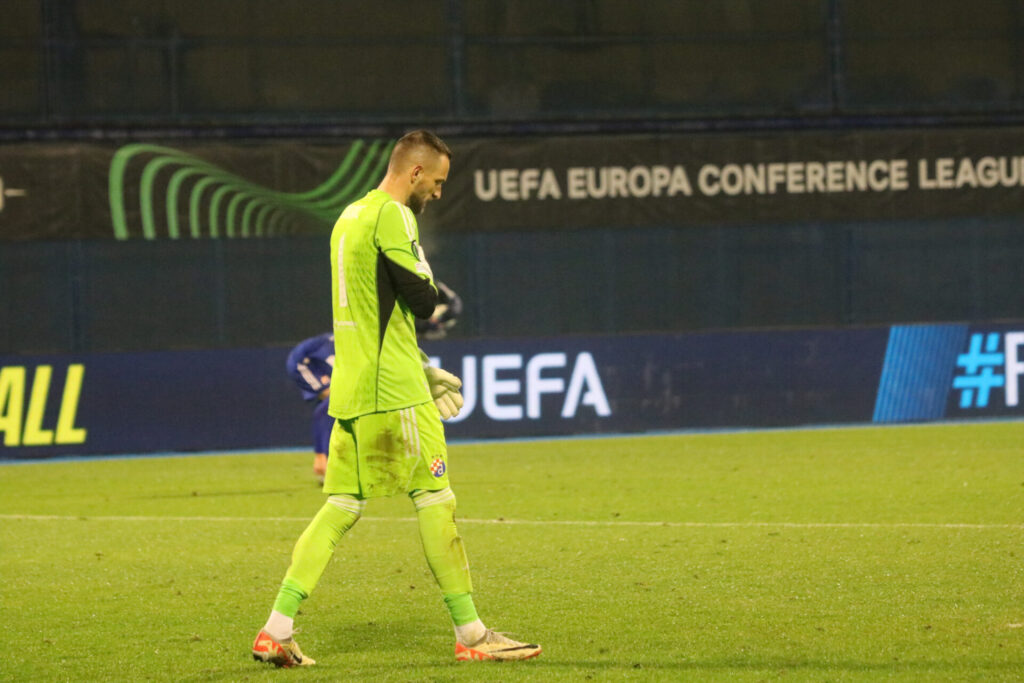Football infrastructure in Croatia is a fundamental part of the country’s development. In the last few years, the Croatian Football Federation (CFF) has invested significant efforts in improving football infrastructure, including constructing new stadiums and installing hybrid and artificial turf across the country.
Current Status
Only some of the clubs in Croatia have hybrid and artificial lawns. CFF has successfully installed hybrid lawns at first league stadiums in Split, Varaždin and Šibenik. Plans include the continuation of the project in Velika Gorica and other locations. In 2021, HNS also built four full artificial pitches in Krapina, Zagreb (Ravnice), Dugopolje and Rab, which was financed through the UEFA HatTrick program.
Artificial turf is being installed in all Croatian counties, improving the conditions for training and matches in lower leagues. These fields will provide local communities with better conditions for football development. Most of the stadiums in Croatia are outdated, which represents a big challenge for the safety and quality of matches. Recent plans include the reconstruction of stadiums in Zagreb and Split. A new stadium in Maksimir is planned in Zagreb, financed jointly by the government and the City of Zagreb.
Potential and Challenges
Croatia’s potential is huge. It has a rich football tradition and successful national teams, which shows great potential for further football development. Football successes, such as second place at the 2018 World Cup, confirm this potential.
The main challenges are financial constraints, outdated infrastructure, and the need to modernize stadiums and training camps. Financial support from local authorities and UEFA programs is crucial for further development.
What is needed for success in football?
Combining different aspects is necessary to achieve success in football. Modern and safe infrastructure provides optimal conditions for training and matches. Investments in stadiums and training camps are key to developing young players and professional teams.
Of course, the camps need to be reached from the stadiums themselves. Training camps can be separate from stadiums, which has advantages and disadvantages. Deciding where to hold camps depends on various factors, including financial constraints, facility availability, and team needs.
Using a stadium for training can be more expensive due to the maintenance and use of facilities such as heating or cooling the space. Separate campsites can be cheaper to maintain, primarily if they are located nearby where costs are lower.
Camps allow you to focus on training without the distortions that a stadium can provide. Teams can build chemistry and focus in a less formal and more intimate setting. Using the stadium for training can damage the pitch, negatively affecting the game’s quality. Separate camps allow reserving the stadium field for matches and important events. Camps at universities or other facilities can offer complex facilities for training, accommodation, and food, making logistics easier for teams.
For the above reasons, it is often better to have camps separate from the stadium. However, the decision of where to hold the camp depends on the team’s specific needs and the availability of resources.
New Projects and Investments
A number of projects and investments in football infrastructure are currently taking place in Croatia, including the construction of new stadiums and camps and the improvement of existing facilities.
The Croatian Football Federation (CFF) received a building permit for a new football camp in Velika Gorica. The project will begin in 2025 and represents an important step in developing football infrastructure in Croatia.
The city of Bjelovar will receive a new stadium worth 8 million euros. It will have a capacity of 3,800 seats and be suitable for matches in the First Football League.
Plans are underway for the demolition and construction of a new stadium in Maksimir, which the government and the City of Zagreb will finance. The stadium is expected to be completed by 2028 or 2030.
In 2025, the capital project of the new Kantrida was announced. It will include the construction of a new stadium for NK Rijeka, hotels, and skyscrapers, with a total investment of over 100 million euros.
The Ministry of Tourism and Sports has published a public call for co-financing the construction and renovation of sports infrastructure in 2025, totaling 11.8 million euros. This will support the construction and renovation of numerous sports facilities, including soccer fields.
A record investment of 25.5 million euros is planned for sports infrastructure and major international sports competitions in 2025. This will co-finance the construction and renovation of 52 football fields, among other sports facilities.
These projects strongly support the development of football infrastructure in Croatia, which will be crucial for maintaining a high standard in football and achieving success internationally.
How will the CFF camp affect football development?
The new Croatian Football Association (HNS) camp in Velika Gorica will significantly impact Croatian football’s development. This project represents a major investment in Croatian football’s future, and its advantages and expected contributions are numerous.
The camp will serve as a modern training center for all national teams, providing excellent conditions for the development of young talents. It will also be a place for education and preparation of all selections, from the youngest to the U-21 national team, contributing to the development of young footballers. With modern facilities and professional coaching staff, the camp will help increase the competitiveness of Croatian national football teams internationally.
The camp will also have a positive economic and tourist impact on the city of Velika Gorica, making it one of the key centers of Croatian sports. The project confirms HNS’s strategic vision for investing in the future of football in Croatia, ensuring the sustainable development of football infrastructure.
Will the camp contribute to Croatian football? The camp should be part of a broader plan to improve football infrastructure in Croatia, enabling better training and football development conditions. Also, the project will help develop the local community, both through economic growth and through the promotion of sports and a healthy life. With better conditions for training and development of young players, Croatia will have a better chance of achieving success on the international football scene.
Ultimately, the new CFF camp in Velika Gorica will be key to further development and success in Croatian football. It will offer modern conditions for the development of young talents and increase Croatia’s competitiveness at the international level.
Why aren’t there many football camps in Croatia?
There are various soccer camps and training centers in Croatia, but their number and development are limited for several reasons. Building and maintaining soccer camps requires significant financial resources. Croatia has limited resources for investing in sports infrastructure, which limits the number of camps that can be built and maintained.
Most sports facilities in Croatia are outdated and require renovation or modernization. This requires additional investments that are not always available. In Croatia, bureaucratic processes can be complicated and slow, which slows down the realization of projects such as building new camps. The Croatian Football Federation (CFF) and local authorities often focus on improving existing facilities, such as constructing a new camp in Velika Gorica, which will serve as a central training center for the national teams.
The development of football infrastructure in Croatia requires a clear strategy and planning to build the camps to support the development of football in the country.
Croatia to other European countries
Croatia differs from other European countries in several ways regarding the development of soccer camps. There are a limited number of soccer camps in Croatia compared to big European countries such as Spain, England, or France. These countries have numerous camps that offer different programs for young players, including specialized camps for goalkeepers or women’s football.
Large European football academies, such as La Masia in Barcelona or Ajax Academy in Amsterdam, have extremely high-quality infrastructure, which includes modern pitches, gymnasiums, and medical facilities5. Although Croatia has plans to improve its infrastructure, it has not yet reached the same level as in those countries.
European countries such as Spain and the Netherlands have a clear strategy for developing young players through their academies, which includes a systematic approach from the youngest selections to the professional level5. Croatia also has the potential for youth development, but the strategy is not as developed as in those countries.
Camps in countries such as Spain and France often cooperate internationally and include players worldwide, which provides a broader perspective and different playing styles. Although there are international camps in Croatia, they are not as represented as in big football countries.
What is Croatia’s potential?
Croatia has great potential for developing football camps, especially considering the successful soccer teams and rich soccer tradition. The Croatian Football Federation has a strategy for improving football infrastructure, which includes building new camps and improving existing facilities.
Croatia has the potential to develop football camps, but it still lags behind compared to large European countries due to limited resources and fewer camps. However, with a clear strategy and infrastructure investments, Croatia can improve its position in this area.
For the end …
Success in football requires a combination of technical, tactical, and physical aspects supported by a modern and safe infrastructure. Investments in football infrastructure in Croatia are crucial for the further development of football and its international success. The maintenance and improvement of the existing infrastructure and the construction of new facilities will enable Croatia to maintain its high standard in football.
CROATIA BEAT FRANCE IN THE HUNT FOR THE FINAL FOUR
CROATIA – FRANCE 2:0 (Budimir 26′, Perišić 45’+1′)Croatia: Livaković – Stanišić, Šutalo, Ćaleta-Car, Gvardiol –…
AUSTRALIA WON AGAINST CROATIA IN THE FIRST MATCH OF THE FRIENDLY TOURNAMENT
The Croatian U-21 national team lost to Australia 2:1 in the first of three friendly…
THE FIRST U21 TRAINING OF THE REPRESENTATIVE COUNTRY IN DOHA: WE ARE CREATING NEW FRIENDSHIPS AND WE ARE EXCITED ABOUT THE TOURNAMENT
The young Croatian national football team has started preparations for the international tournament “International Cup”…
NEW VOLLEYBALL COMPETITION GATHERED YOUNG HOPEFULS – THE FIRST JUNIOR MEVZA TOURNAMENT
The volleyball scene got a dynamic and exciting new competition: the first junior MEVZA tournament….
IVICA OLIĆ GATHERED THE U21 REPRESENTATION: THE TOURNAMENT IN DOHA IS KEY TO PLAY
The Croatian U-21 national team gathered before the friendly tournament in Doha, which will be…
ZLATKO DALIĆ: OUR GOAL IS THE FINAL FOUR
The Croatian national football team is gathering in Split ahead of the UEFA Nations League…

